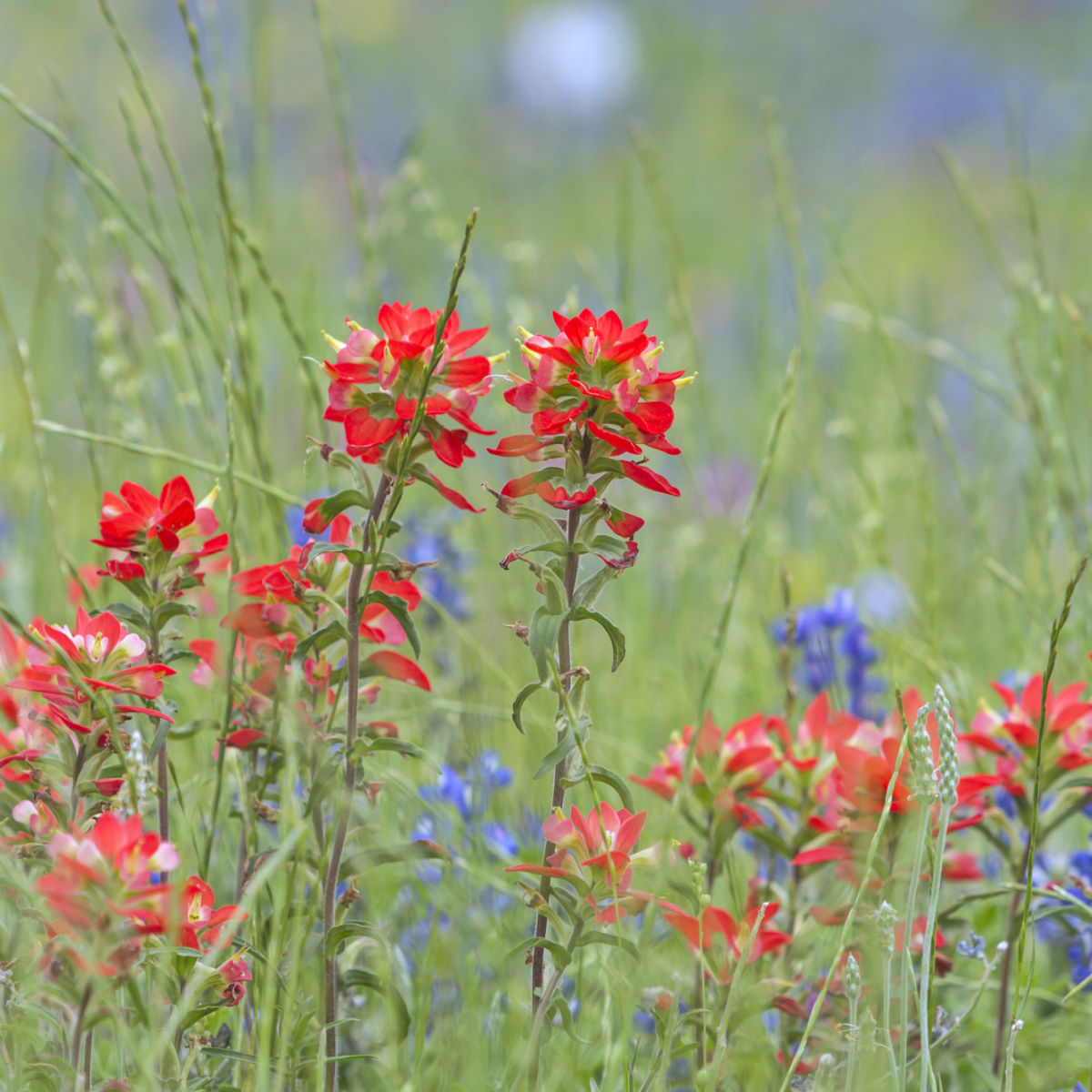What Plants Don't Like Epsom Salt and How It Impacts Development
What Plants Don't Like Epsom Salt and How It Impacts Development
Blog Article
Learn More About the Details Plants That Are Negatively Affected by Epsom Salt Application
Epsom salt, a preferred home remedy for various gardening issues, is commonly praised for its helpful results on plant development. Nonetheless, not all plants react positively to its application. Understanding the details plants that can be negatively affected by Epsom salt is vital for any type of gardener seeking to maximize their plant treatment routine. Roses, tomatoes, rhododendrons, peppers, and azaleas are simply a couple of instances of plants that might not react well to Epsom salt. The factors behind these damaging results and just how to alleviate them are vital understanding for keeping a growing garden.
Roses

Roses, especially sensitive to changes in their atmosphere, can be adversely impacted by the application of Epsom salt. While Epsom salt is generally utilized as a fertilizer to advertise plant growth and improve flowering, roses are just one of the plants that do not respond well to its application. The high magnesium content in Epsom salt can conflict with the uptake of various other necessary nutrients by the rose plants, resulting in deficiencies that manifest as yellowing leaves or stunted development.

Tomatoes
Tomatoes, known for their adaptability in culinary applications, can show negative effects when exposed to Epsom salt because of their specific nutrient requirements. While Epsom salt is usually promoted as a solution for numerous plant issues, including blossom end rot in tomatoes, its application can bring about damaging outcomes if not utilized sensibly. Tomatoes are heavy feeders that require a balanced consumption of nutrients, specifically calcium, to grow. Too much Epsom salt, which is magnesium sulfate, can interfere with the fragile nutrient equilibrium needed by tomatoes, possibly resulting in shortages in various other essential nutrients like calcium. This imbalance may manifest in signs and symptoms such as stunted development, yellowing fallen leaves, or perhaps reduced fruit production in tomatoes. As a result, when considering making use of Epsom salt on tomatoes, it is vital to abide by advised application prices and dirt testing to avoid unintentional effects on the total wellness and efficiency of these beloved yard plants.
Peppers
Peppers, revered for their numerous colors and degrees of spiciness, can show sensitivity to adverse influences from Epsom salt when not used with care and consideration for their specific nutritional demands. what plants don't like epsom salt. Peppers, belonging to the Solanaceae family, need a delicate balance of nutrients to grow. While Epsom salt is understood to increase magnesium degrees in plants, too much application can interrupt this balance, leading to negative impacts on pepper plants
When peppers are revealed to high degrees of magnesium from Epsom salt, it can disrupt the plant's ability to absorb other important nutrients like calcium and potassium. This discrepancy may manifest in signs such as fallen leave staining, stunted development, and reduced fruit manufacturing. In addition, the too much magnesium can alter the soil pH, further worsening nutrient uptake concerns for peppers.

Rhododendrons
Offered the level of sensitivity of specific plant species to imbalances brought on by Epsom salt, it is necessary to take into consideration the impact on Rhododendrons, which additionally require certain nutrient degrees to flourish. Rhododendrons are acid-loving plants that like acidic dirt conditions with a pH range between 4.5 and 6.0. Epsom salt, chemically referred to as magnesium sulfate, can change the soil pH and interrupt the delicate equilibrium of nutrients crucial for Rhododendron health.

To maintain the ideal growth and health of Rhododendrons, it is essential to stay clear of the unplanned use Epsom salt and instead concentrate on supplying the details acidic soil problems and nutrients that these plants require for growing.
Azaleas
Azaleas, recognized for their vivid blooms and broad series of shades, are decorative hedges that belong to the Rhododendron genus. These prominent blooming plants are typically found in yards, landscapes, and parks because of their charm and adaptability. Azaleas are sensitive to modifications in soil pH levels, which can significantly impact their growth and overall health. While Epsom salt is typically made use of as a treatment for magnesium deficiency in plants, its application to azaleas can have adverse effects.
Azaleas favor somewhat acidic dirt conditions, and an extra of magnesium from Epsom salt can interrupt this equilibrium, leading to nutrient inequalities and possible toxicity problems. The wrong application of Epsom salt can result in stunted development, yellowing of fallen leaves, and total decline in the wellness of azaleas.
Conclusion
To conclude, it is vital to be aware of the certain plants that can be negatively impacted by the application of Epsom salt. Roses, tomatoes, azaleas, rhododendrons, and peppers are some examples of plants that may not take advantage of Epsom salt and might also experience damage. It is vital to study and understand the needs of each plant species prior to using Epsom salt as a plant food to guarantee their health and wellness.
Understanding the details plants that can be adversely influenced by Epsom salt is critical for any type of garden enthusiast looking to maximize their plant care regimen. While Epsom salt is frequently utilized as a fertilizer to promote plant growth and boost blooming, roses are one of the plants that do not react well to its application.Too much usage of Epsom salt can also index result in a build-up of salts in the dirt, leading to root damages and dehydration of the rose plants. While Epsom salt is understood to boost magnesium degrees in plants, extreme application can disrupt this equilibrium, leading to adverse impacts on pepper plants.
The high salt material in visit this site right here Epsom salt can also dry out Rhododendron roots, causing further anxiety and damage to the plant. (what plants don't like epsom salt)
Report this page